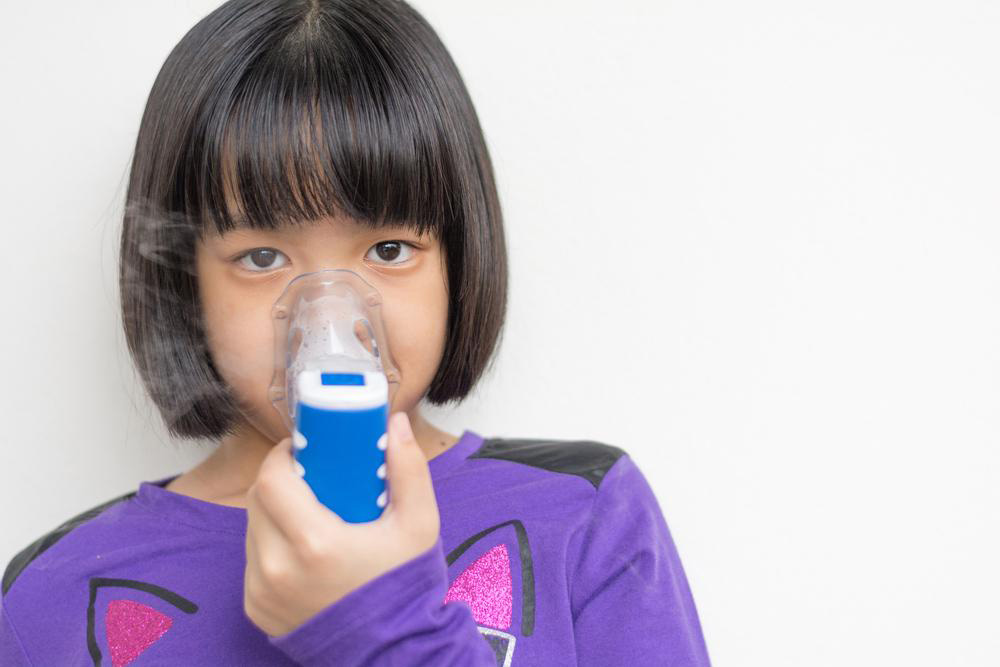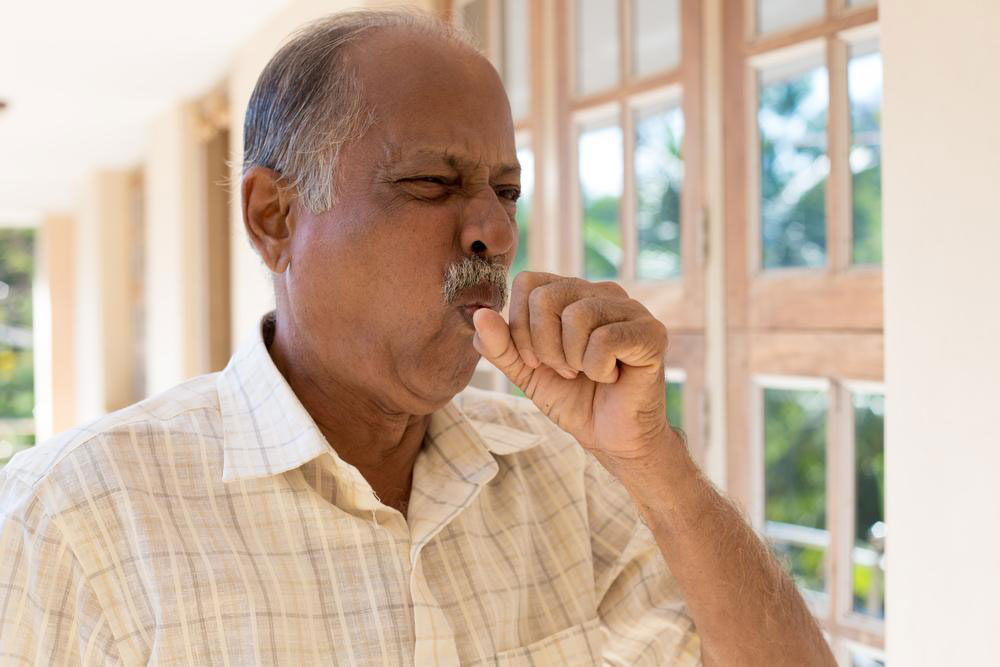Comprehensive Guide to Chronic Bronchitis: Causes, Symptoms, and Treatment Strategies
Explore an in-depth guide on chronic bronchitis, including its causes, symptoms, diagnostic methods, and comprehensive treatment options. Learn how lifestyle changes and medical interventions can help manage this persistent respiratory condition and prevent long-term complications. Essential reading for anyone seeking to understand this common lung disorder and improve lung health.

Comprehensive Guide to Chronic Bronchitis: Causes, Symptoms, and Treatment Strategies
Chronic bronchitis is a prevalent respiratory condition characterized by persistent inflammation of the bronchial tubes, which are responsible for carrying air to and from the lungs. Unlike acute bronchitis, which typically lasts for a few weeks and is often linked to viral infections, chronic bronchitis persists for months or even years, leading to ongoing respiratory symptoms and potential long-term lung damage. This condition is considered a major component of chronic obstructive pulmonary disease (COPD), a group of progressive lung disorders that interfere with normal breathing. Understanding the nature of chronic bronchitis, its causes, symptoms, and available treatment options is essential for effective management and improving quality of life for those affected.
Chronic bronchitis develops due to ongoing inflammation of the bronchial tubes, which results in excessive mucus production and narrowing of the airways. This inflammation is often caused by repeated exposure to irritants that damage the respiratory lining, leading to a persistent cough and breathing difficulties. The condition affects approximately 3.7% of adults worldwide, making it a significant public health concern. If left untreated or unmanaged, chronic bronchitis can cause severe lung impairment, reduce oxygen intake, and increase susceptibility to respiratory infections.
Causes of Chronic Bronchitis
Understanding what triggers this condition is crucial for prevention and management. The primary causes include:
Tobacco Smoke: Cigar, pipe, or cigarette smoking is by far the leading cause of chronic bronchitis. The toxins in cigarette smoke irritate the lining of the airways, causing inflammation and mucus hypersecretion. Smokers are at a higher risk of developing chronic bronchitis and other COPD-related illnesses.
Environmental Irritants: Long-term exposure to dust, air pollution, chemical fumes, and workplace fumes can contribute significantly to bronchial inflammation. Occupations involving exposure to such irritants, including construction, manufacturing, and farming, present increased risk.
Respiratory Infections: Repeated viral infections such as influenza or bacterial infections like pneumonia can contribute to the development and persistence of bronchitis. These infections weaken the respiratory defenses, making it easier for chronic inflammation to set in.
Genetic and Lifestyle Factors: A family history of respiratory diseases, poor nutrition, and lack of physical activity can predispose individuals to respiratory problems including chronic bronchitis.
Recognizing the Symptoms
Early detection of chronic bronchitis relies on recognition of characteristic symptoms:
Persistent Cough: A hallmark symptom involving a productive cough that lasts for at least three months each year over two consecutive years. The cough typically produces thick mucus or phlegm.
Shortness of Breath: Especially during physical activity or exertion, patients may experience difficulty breathing due to airway obstruction and mucus buildup.
Wheezing and Chest Tightness: Patients often report a wheezing sound when breathing or a feeling of tightness in the chest, which indicates airway narrowing.
Fatigue: Reduced oxygen intake and impaired lung function can cause persistent tiredness and decreased stamina.
Other Symptoms: In some cases, individuals may experience low-grade fever, chills, or recurrent respiratory infections.
Diagnosis and Medical Evaluation
Diagnosis of chronic bronchitis involves a comprehensive medical history, physical examination, and diagnostic tests:
Medical History: The doctor will inquire about smoking habits, exposure to pollutants, duration and severity of symptoms, and any history of respiratory infections.
Chest X-ray: Imaging helps rule out other lung conditions such as pneumonia, tumors, or interstitial lung diseases.
Pulmonary Function Tests (PFTs): These tests measure lung capacity, airflow, and the extent of airway obstruction. Spirometry is commonly used for this purpose.
Blood Tests: These may be performed to check for signs of infection or inflammation.
Sputum Analysis: Examining mucus samples can identify infectious agents if an active bacterial or viral infection is suspected.
Effective Treatment Strategies
Managing chronic bronchitis primarily involves relieving symptoms, preventing complications, and improving overall lung function. While a definitive cure remains elusive, several treatments can significantly enhance quality of life:
Smoking Cessation: The most critical step in halting disease progression. Quitting smoking slows down lung damage and reduces symptom severity.
Medications: These include bronchodilators (such as albuterol inhalers), corticosteroids to reduce inflammation, and mucolytics to loosen mucus. Sometimes, antibiotics are prescribed if a bacterial infection is present.
Pulmonary Rehabilitation: Structured programs combining exercise, nutrition advice, and education help improve respiratory efficiency and physical endurance.
Lifestyle Modifications: Avoiding exposure to irritants, maintaining good hygiene, and staying physically active improve overall health.
Oxygen Therapy: In severe cases with significant oxygen deprivation, supplemental oxygen improves breathing and reduces heart strain.
Preventive Measures and Long-Term Management
Preventing chronic bronchitis involves reducing exposure to known risk factors:
Stop Smoking: Quitting smoking is the most effective way to prevent or slow progress.
Protective Gear: Use masks or respiratory protection when working in dusty or chemical-laden environments.
Environmental Controls: Enhance indoor air quality with air purifiers and avoid exposure to secondhand smoke.
Vaccinations: Annual influenza vaccines and pneumococcal vaccines reduce the risk of respiratory infections that can exacerbate bronchitis.
Regular medical check-ups and lung function assessments are essential for early detection and ongoing management. Adherence to prescribed therapies and lifestyle adjustments can control symptoms and prevent progression to more severe conditions like COPD.
Complications and When to Seek Medical Attention
If left unmanaged, chronic bronchitis can lead to several complications such as respiratory infections, pulmonary hypertension, and heart failure. It’s essential for patients to seek medical help if experiencing worsening symptoms, signs of infection (fever, chills), increased shortness of breath, or chest pain. Timely intervention can help prevent hospitalizations and further lung deterioration.
Understanding chronic bronchitis thoroughly enables earlier diagnosis and better management, ultimately improving patients’ quality of life. With appropriate lifestyle changes, medical interventions, and preventive strategies, individuals can effectively control this chronic condition and reduce its impact on daily activities.





